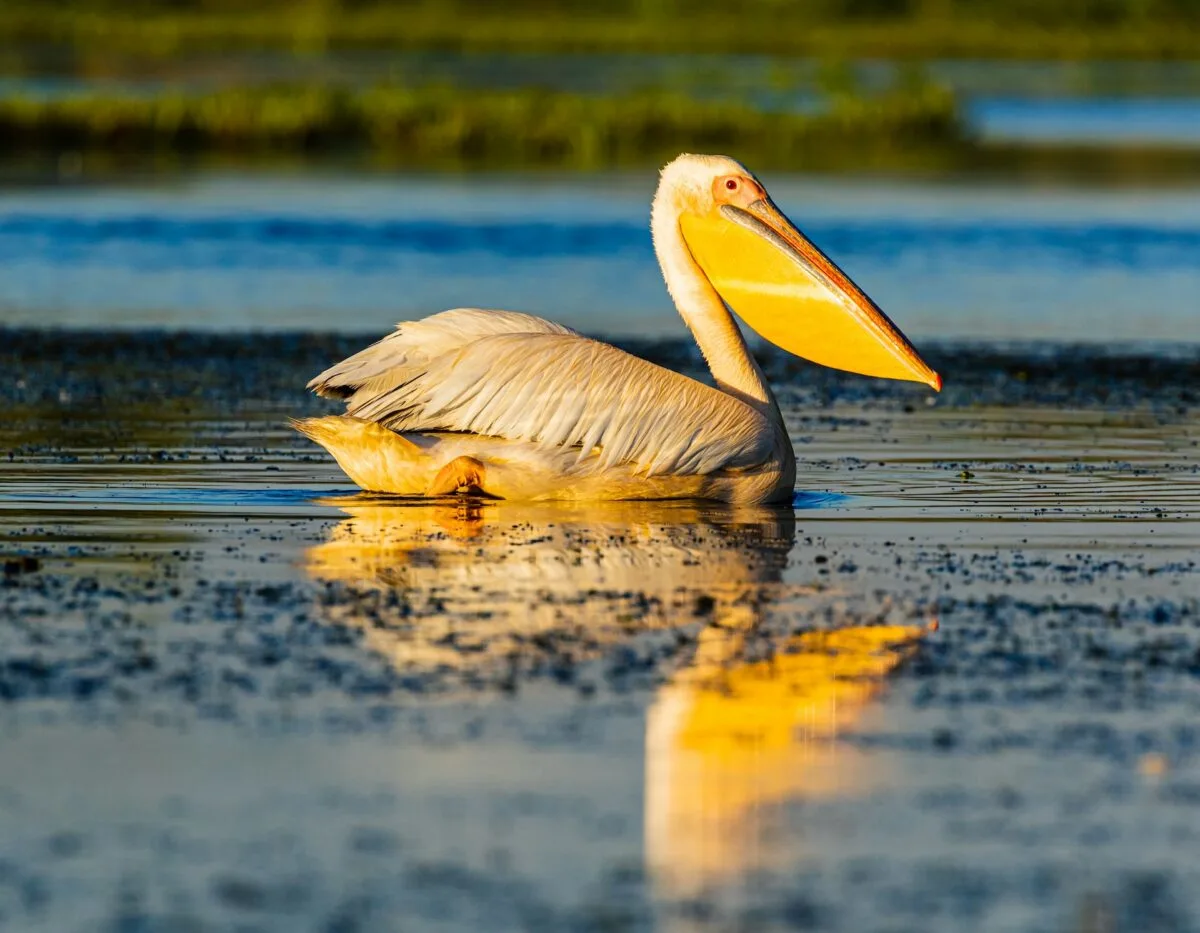In this post we’ll compare two totally different types of animals: the Pelican Vs. Deer. Both have amazing talents that allow them to survive in their respective environments.
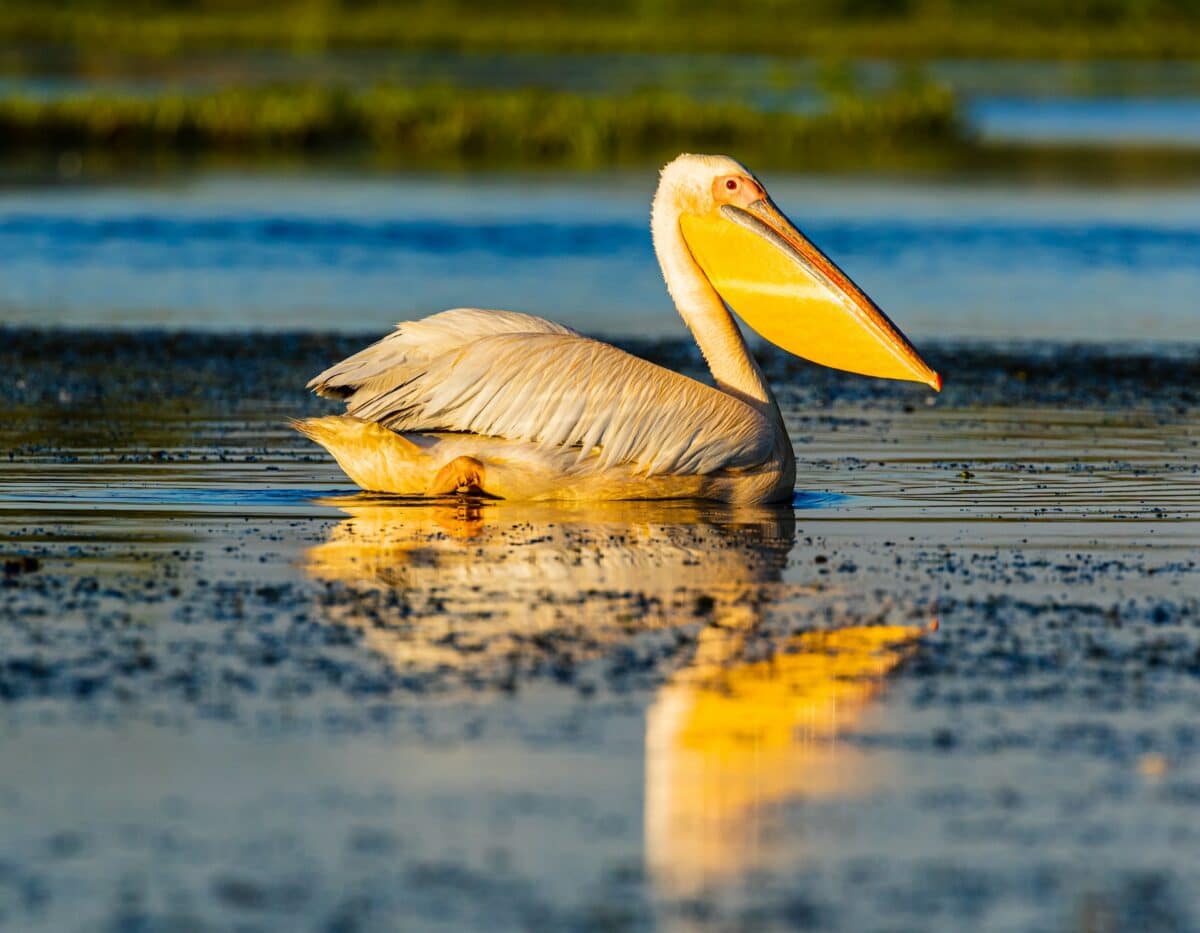
Deer have fur whereas pelicans have feathers; deer only eat leaves and grasses whereas pelicans hunt for fish (although they can even eat other birds;) deer live in dense forests whereas pelicans only reside near coastlines.
At first it might seem strange to compare two completely contrasting animals – mammals and birds parted ways 365 million years ago already, which is when their most recent common ancestor was around. But perhaps this is what makes a comparison between the two so fascinating? Both are creatures inhabiting the same planet at the same time, but has nonetheless developed completely different lifestyles and survival techniques.
Let’s dive into this unlikely match; the Pelican Vs. Deer!
Read from the beginning or jump ahead to any section below:
Comparing the Pelican Vs. Deer
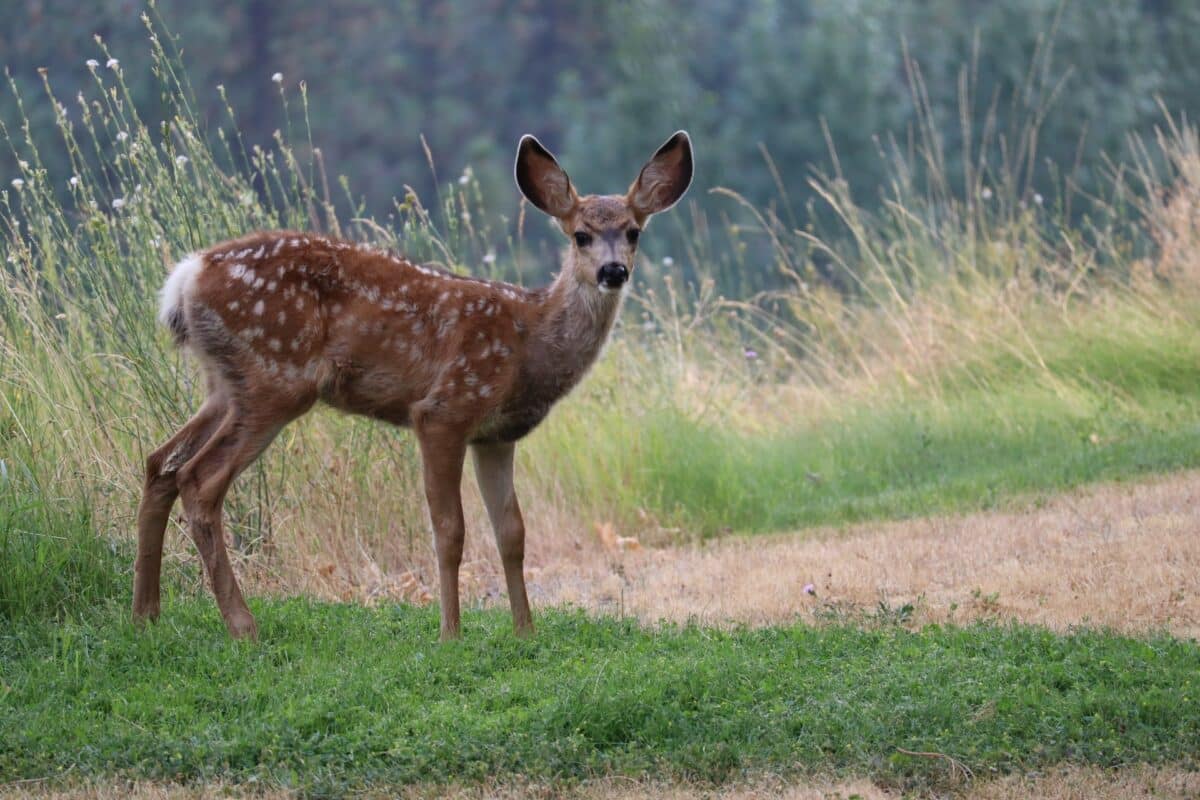
The pelican and deer are two vastly different creatures. A pelican is a large aquatic bird, typically with gray plumage, long wings, and a distinctive pouch under their bill that they use to scoop up fish.
A deer, on the other hand, is a hoofed mammal that usually inhabits woodlands or fields. Although smaller than other ungulates such as elk and moose, deer have long legs and necks adapted for reaching foliage in trees and shrubs.
Pelican – Majestic Flying Creatures
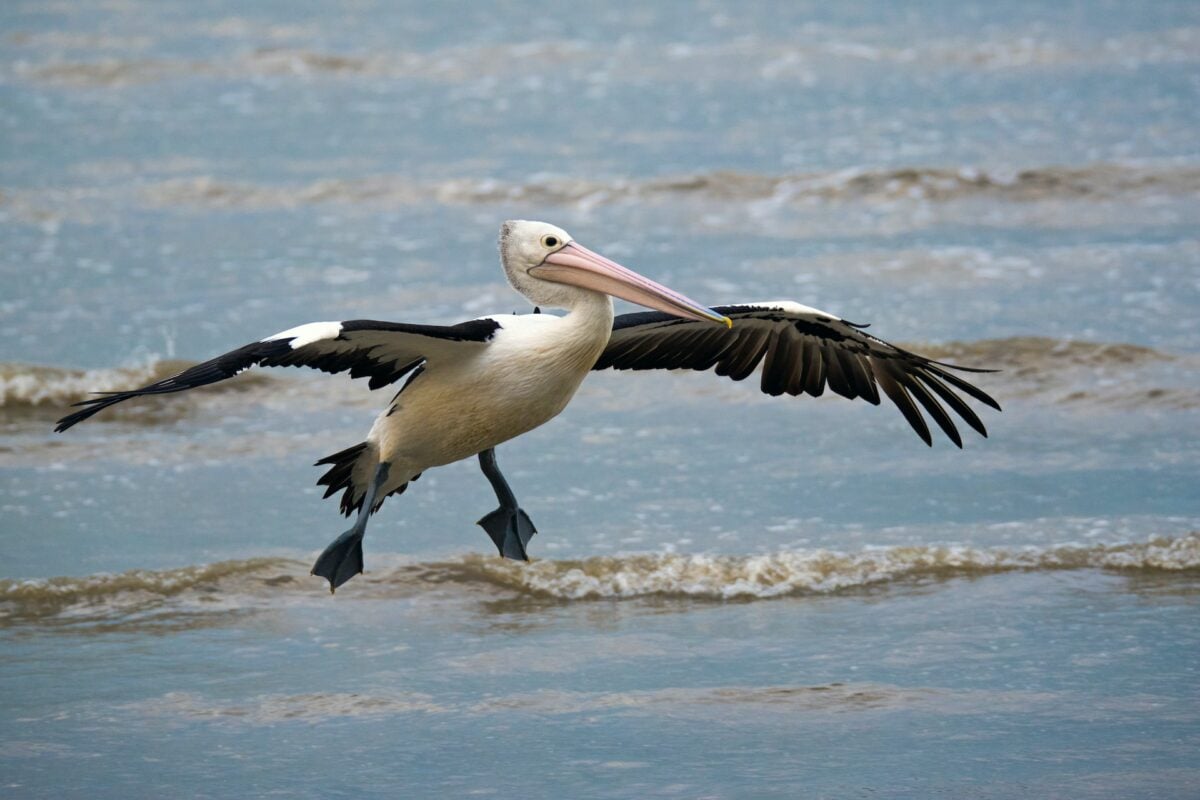
Pelicans are large water birds with distinctive physical characteristics. They have long, stout bills which can hold up to two gallons of water and a throat pouch that they can use to catch and store fish until they reach the gullet. Along with these features, pelicans have an impressive wingspan ranging from 6 to 9ft, depending on the species!
They typically have white plumage on their body, head, and tail feathers, with darker grayish-brown wings. Their webbed feet allow them to swim efficiently, and they usually fly in V-shaped formations when migrating.
Typically, they live near coastal areas or shallow waters, feeding on fish or amphibians in groups. Pelicans are also unique in forming strong bonds between monogamous pairs and mate for life.
Appearance
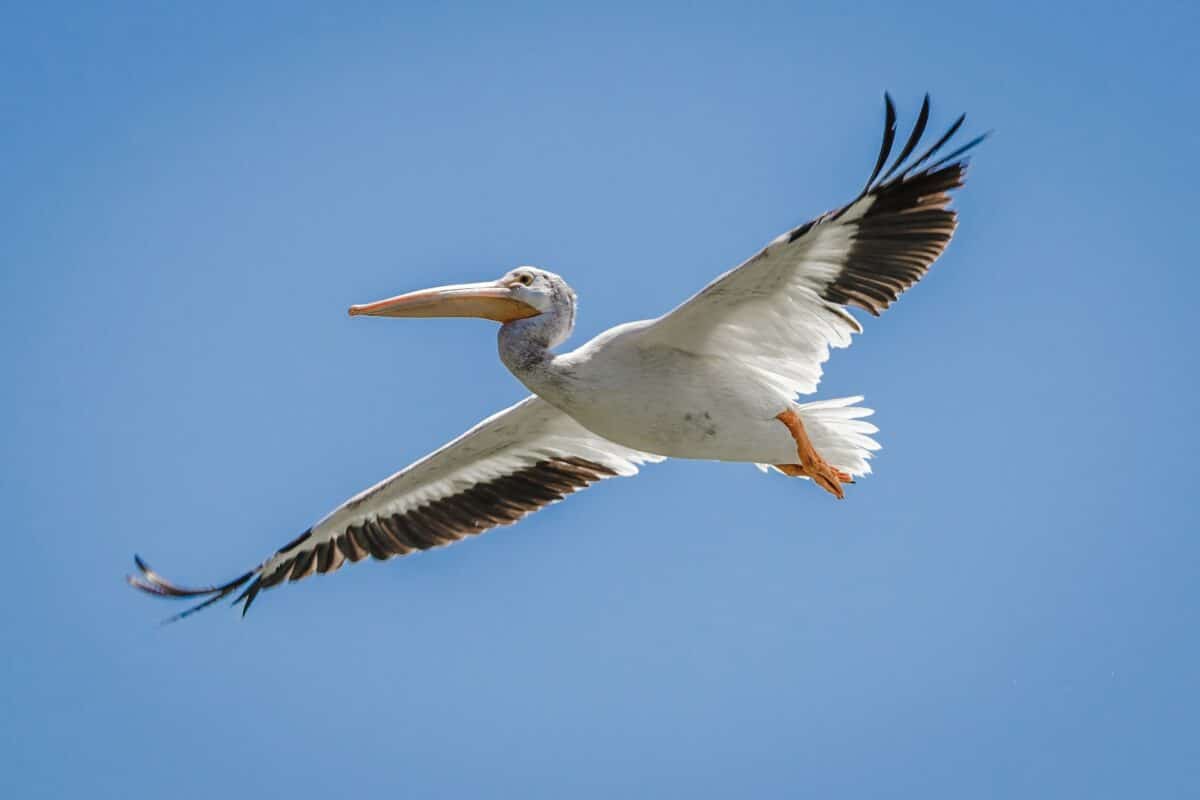
Pelicans are large birds ranging in size from 2.2 – 4.5 ft (0.7-1.4 m.) They have incredible wingspans of up to 9 ft (2.7 m). They have white or gray plumage with black flight feathers on their wings, long curved necks, and bright yellow bills. The upper mandible of the bill is long and expandable. It can hold up to three gallons of water at one time!
Habitat
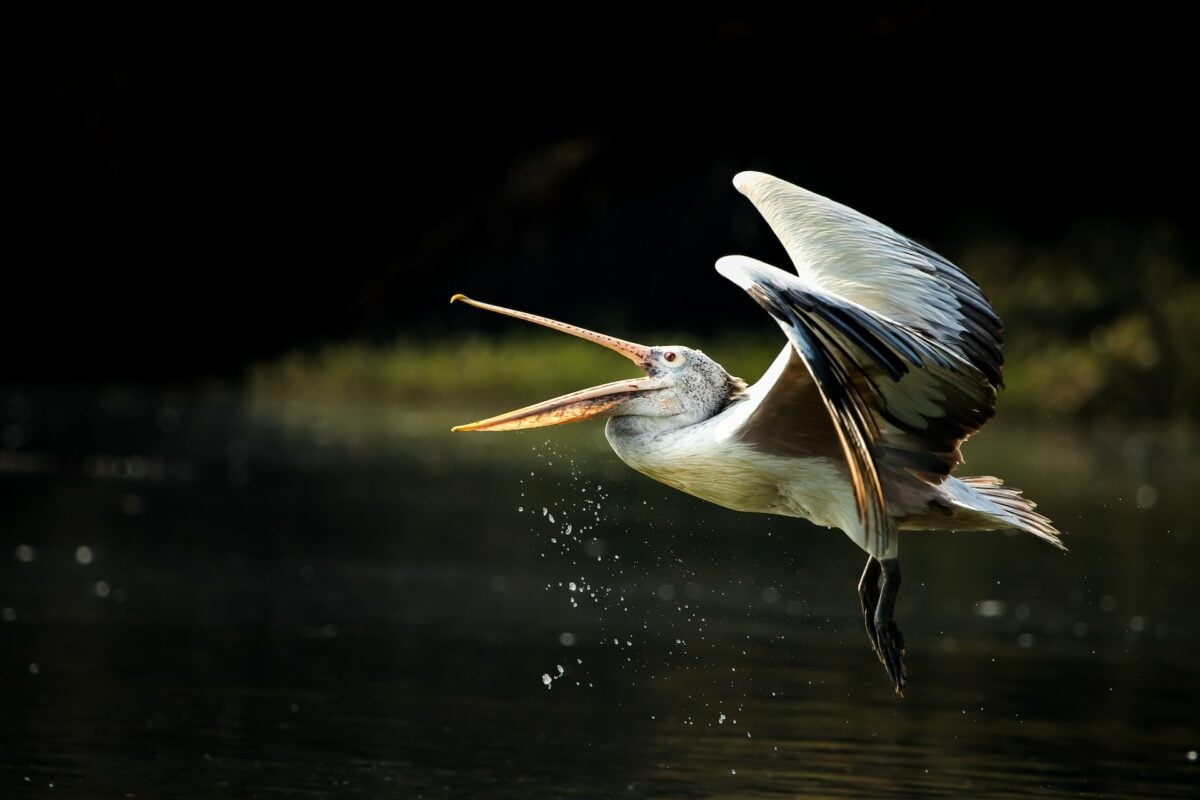
Pelicans inhabit coastal areas all around the world, including North America, Europe, Africa, South Asia, Australia, and New Zealand.
Some species remain in the same area throughout the year, while some migrate seasonally to warmer climates for breeding purposes. Pelicans congregate in large groups in some regions for roosting and nesting activities.
Diet
Pelicans feed mainly on fish they catch by skimming across the surface of lakes or oceans. They keep their mouths open wide enough to scoop up a large amount of water with their accompanying prey.
Some pelicans also eat amphibians, crustaceans, reptiles, worms, insects, and even smaller birds, such as ducklings, if available.
Behavior
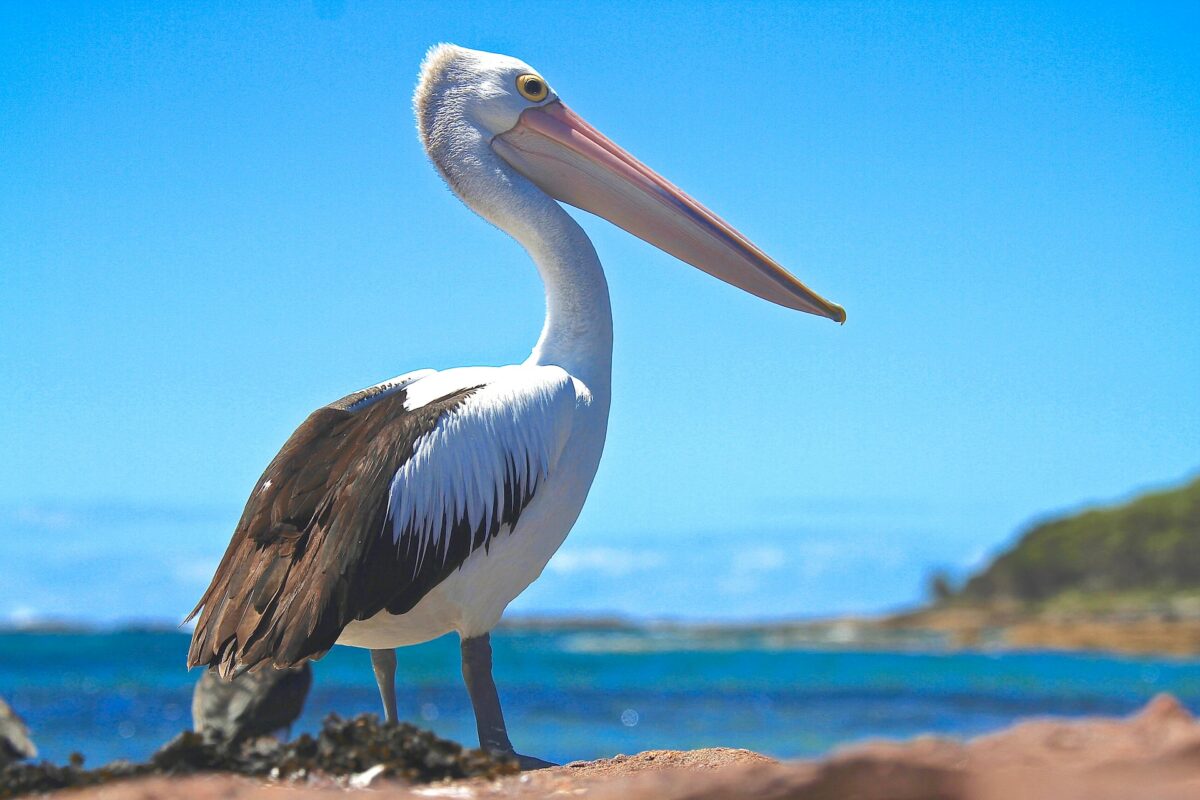
Pelican behaviors vary depending on their environment, but generally, they are social creatures. They flock together during migration or other activities such as fishing or roosting at night.
Within the flock, there is usually a hierarchy based on age and sex. Males tend to be dominant over females when it comes to mating rituals or competing for food sources.
Along with their mighty wings allowing them great aerial agility, they use their bills to communicate through gestures such as head bobbing or bill clapping, which give off a distinct vocalization that can be heard from afar.
Deer – Nimble Jumpers
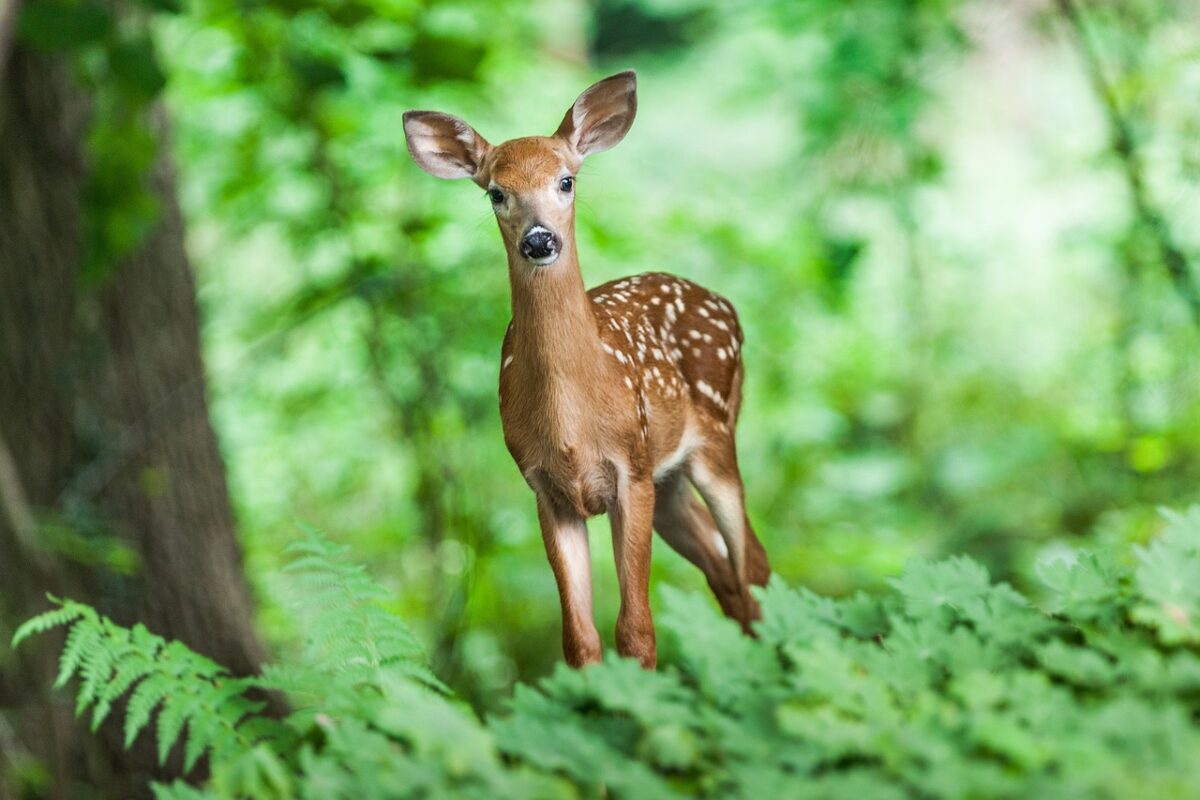
Deers are elegant and graceful animals that have several distinct characteristics. They have long legs, allowing them to run at incredible speeds and sharp hooves for traction and agility.
Their fur is usually reddish-brown and has white spots on their backs and sides. The males grow antlers annually, which they use for defense against predators and competing with other males during the mating season.
Deers typically inhabit wooded areas where they can find plenty of food, shelter, and protection from predators. They are also very talented jumpers, able to clear obstacles up to 8 feet high and 15 feet wide.
Furthermore, deers have a keen sense of smell, allowing them to detect danger from far away. These animals are also known for their loud noise-making capabilities; this sound is produced through the movement of their tail when alarmed or scared.
Appearance
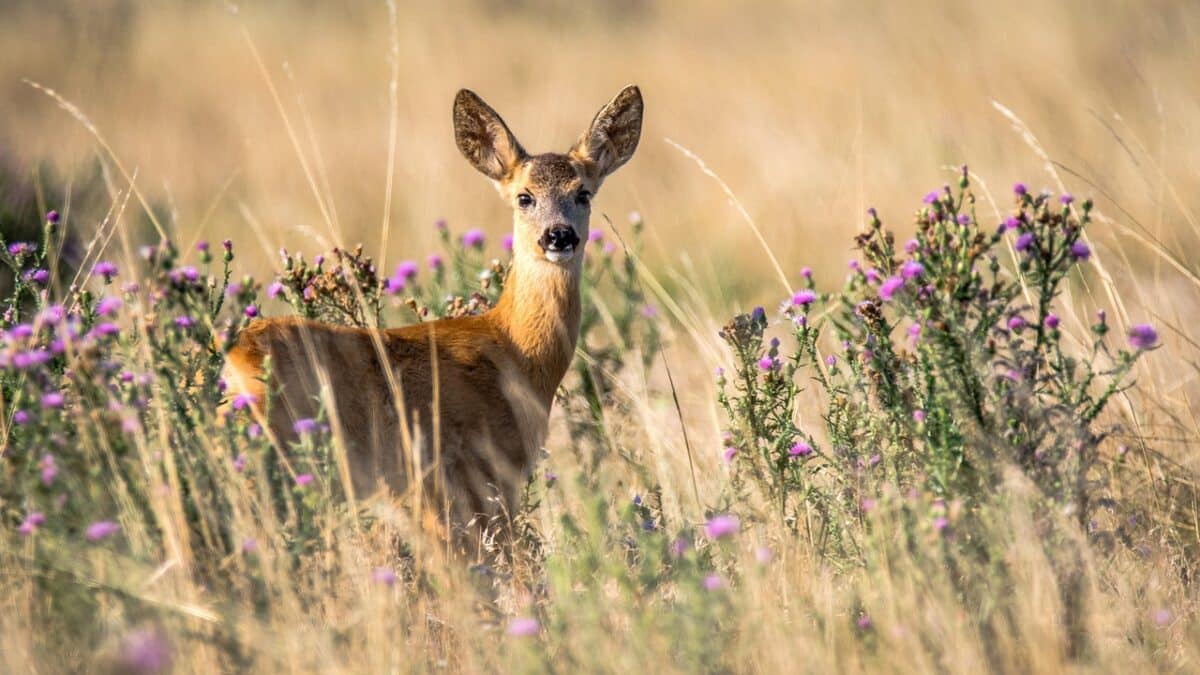
Deer come in a wide variety of shapes and sizes. Most species of deer have brown fur, which helps them blend into their natural environment.
They also have long legs and powerful hindquarters, enabling them to move quickly through dense brush or forested areas.
Males tend to be larger than females and may have antlers ranging from small spikes to grandly branching crowns with complex patterns.
Habitat
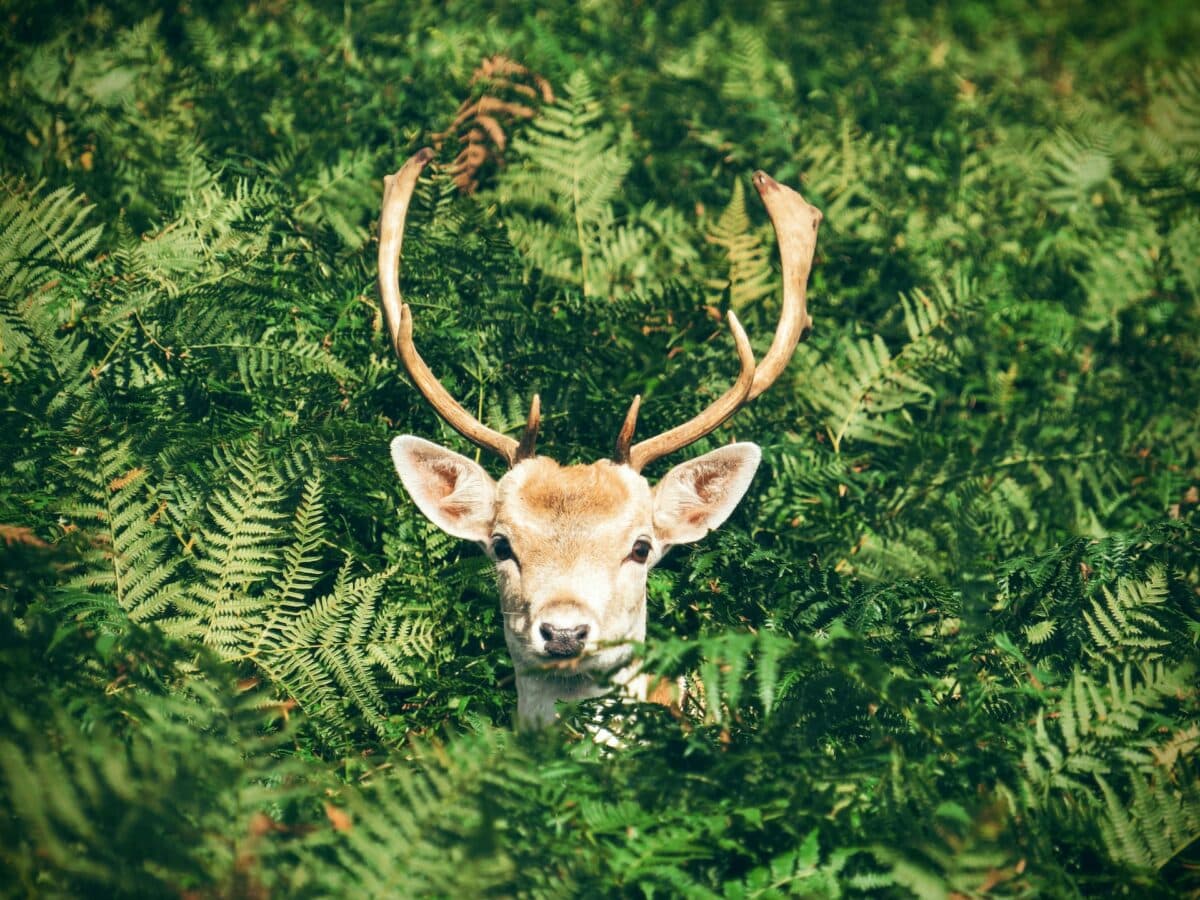
Deer are present in various habitats, from forests and meadows to deserts and mountainous regions. Depending on the species, they may prefer certain types of vegetation or certain temperatures. They usually stay in areas with easy access to water sources like rivers or streams.
Also, deers are quite adaptable and can make use of areas that border suburban development if food is available for them there.
Diet
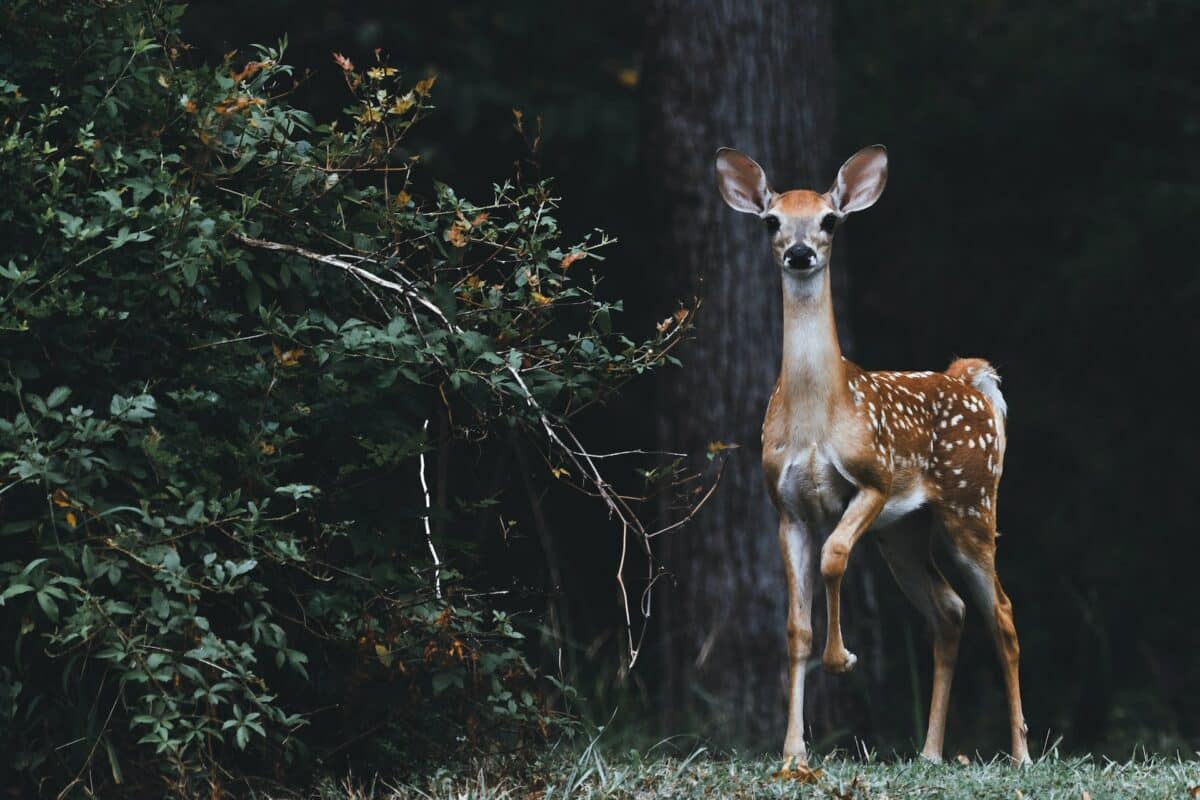
Most species of deer are herbivores that feed mainly on grasses, leaves, berries, nuts, and other foliage, depending on the season or local availability.
They may also supplement their diets with fallen fruit or tree bark during winter when food is scarce in some areas.
Behavior
Deer live in herds composed of several closely related individuals under the leadership of a dominant male known as a stag or buck. At the same time, groups consisting mainly of young females are called doe groups or herds.
During mating season, bucks compete with each other for dominance by sparring with their antlers until one forfeits by running off or bowing its head in submission before the winner, who will then mate with any receptive does nearby before returning to their home herd where they will remain until next year’s breeding season.
Key Points
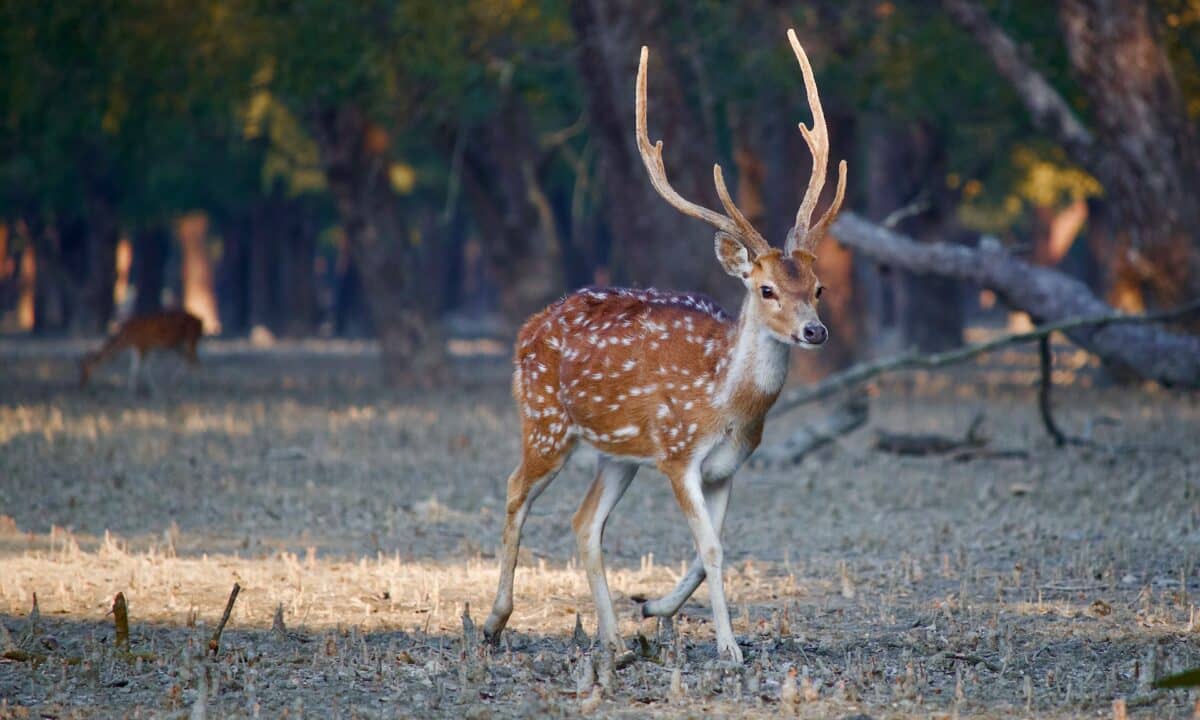
| A pelican is a large aquatic bird. A deer, on the other hand, is a hoofed mammal |
| Pelicans have white or gray plumage with black flight feathers on their wings, long curved necks, and bright yellow bills. |
| Most species of deer have brown fur, which helps them blend into their natural environment. |
| Pelicans inhabit coastal areas around the world, including North America, Europe, Africa, South Asia, Australia, and New Zealand. |
| Deer can be found in various habitats, from forests and meadows to deserts and mountain sides. |
| Pelicans feed mainly on fish they catch by skimming across the surface of lakes or oceans. |
| Most species of deer are herbivores that feed mainly on grasses, leaves, berries, nuts, and other foliage depending on the season or local availability. |
| Deer have their lithe grace and awe-inspiring ability to bind through the trees, while pelicans make a statement with their enigmatic beauty and captivating wingspan. |
Pelican Vs. Deer: The Bottomline
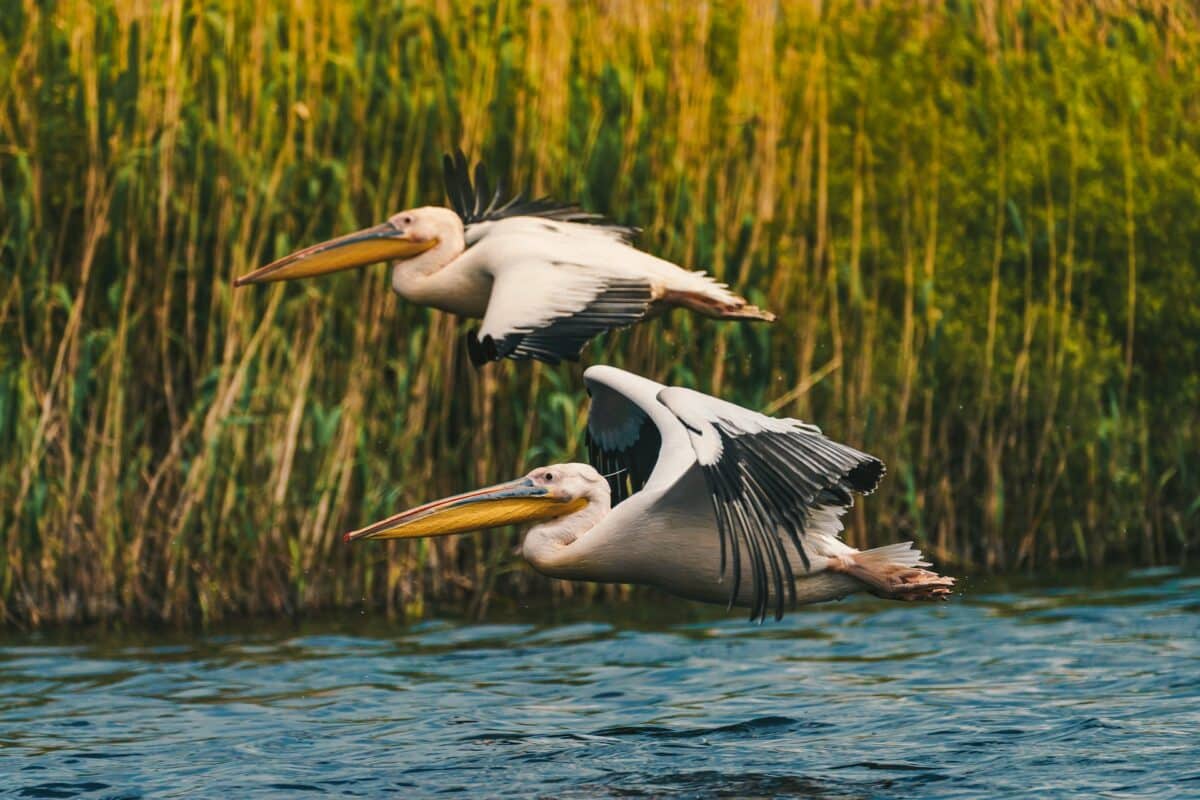
All taken into consideration, deer and pelicans are two strikingly different animals that are undeniably impressive in their own right. Deer have their lithe grace and awe-inspiring ability to bind through the trees, while pelicans make a statement with their enigmatic beauty and captivating wingspan.
Both species make an impression wherever they go and contain vast surprises in their diet, habitat, and behavior. As we learn more about them daily, our admiration for these majestic creatures only grows.
So open your eyes wider next time you are out in nature – you may find yourself lucky enough to witness the beauty of a pelican or majestic deer. And if you do come across either of these incredible creatures, take some time to appreciate it first-hand – praise is due for both!
Thank you for reading this piece on the Pelican Vs. Deer! Read another comprehensive comparison – Wolf Vs. Grizzly.
Join our Forum for free today!

- Baby Lion Cub Disciplined by Sibling to Not Bite Dad - July 25, 2024
- Signs Of Coyotes Visiting Your Property - July 23, 2024
- Beware Of The Rabid Wolf Spider In The United States - July 23, 2024

